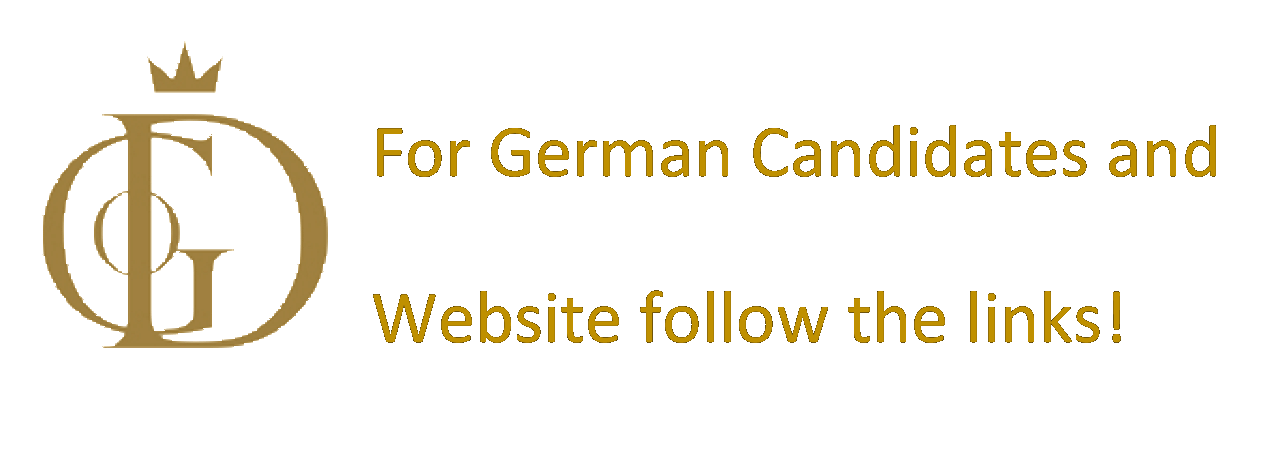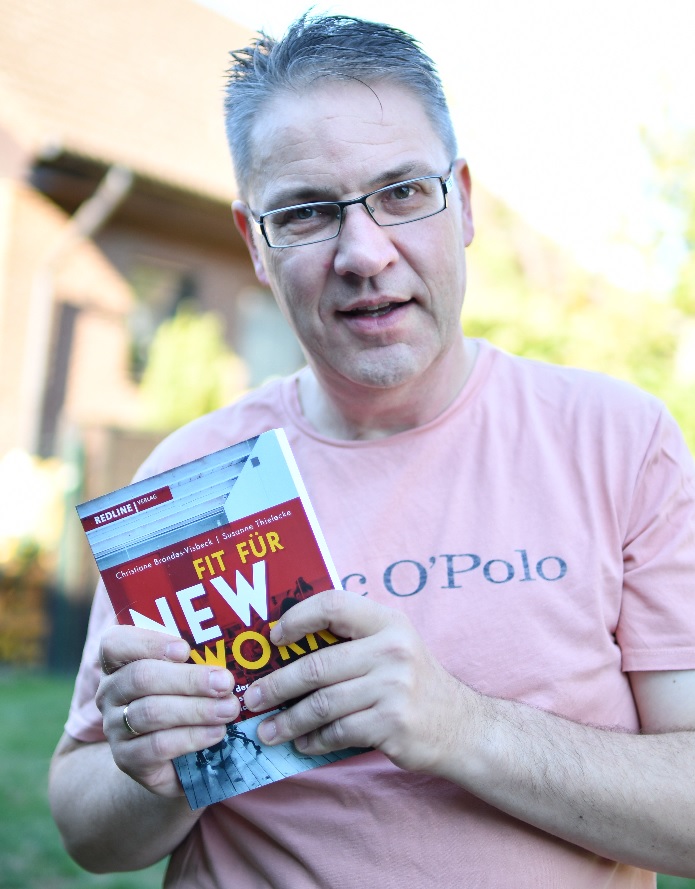NewWork: Deconstruction of the safety net
Intro
In the past I have already dealt several times with the topic “NewWork”. My focus here is on how new ideas and concepts can be established in organizational structures. Phrases like “always focusing on customer benefit” are not very helpful if you are established in a company with several 1,000 employees.
Decisions without safety net
Both in projects and in middle management it is becoming increasingly evident that decisions are not only made, but also that a lot of capacity is “burned” in the justification of a decision. This culture of justification (the “backups” in the slide sets) may seem helpful to the project managers and division managers. But they only help the decision maker in case he has really made the wrong decision. And then other mechanisms are needed, not the questioning of the original decision making.
This discipline is due to the organisational structure. The project and division managers have been conditioned over years to act in this way. And so the justification system was optimized over a long period of time.
The dismantling of this culture must take place across all hierarchies: Every form of approaching new working structures must have a stable size: Trust. Without this, it is not possible. In the vast majority of cases, employees at all levels are in a position to make their own decisions in their field of work. A manager or project manager should be able to assess this area. If a wrong decision is made, everyone should work together on the solution and not on the search for the cause. With this one can then go new ways, be it only partially (in projects / in the area) or also generally. Executives and project managers who cannot deal with this are a problem that can only be solved by top management.
The safety nets must be dismantled across all hierarchical levels. This includes senior management as well as other levels such as division managers and project managers. Trust must once again become the centre of work in an organisation. Without trust, we remain in the old models.
Disclaimer: In this article I refer to having to justify everything exactly in advance. I do not question the sense of a functioning risk management system. I still believe that a functioning risk management system is not only sensible, but also vital for survival.
German version here.




